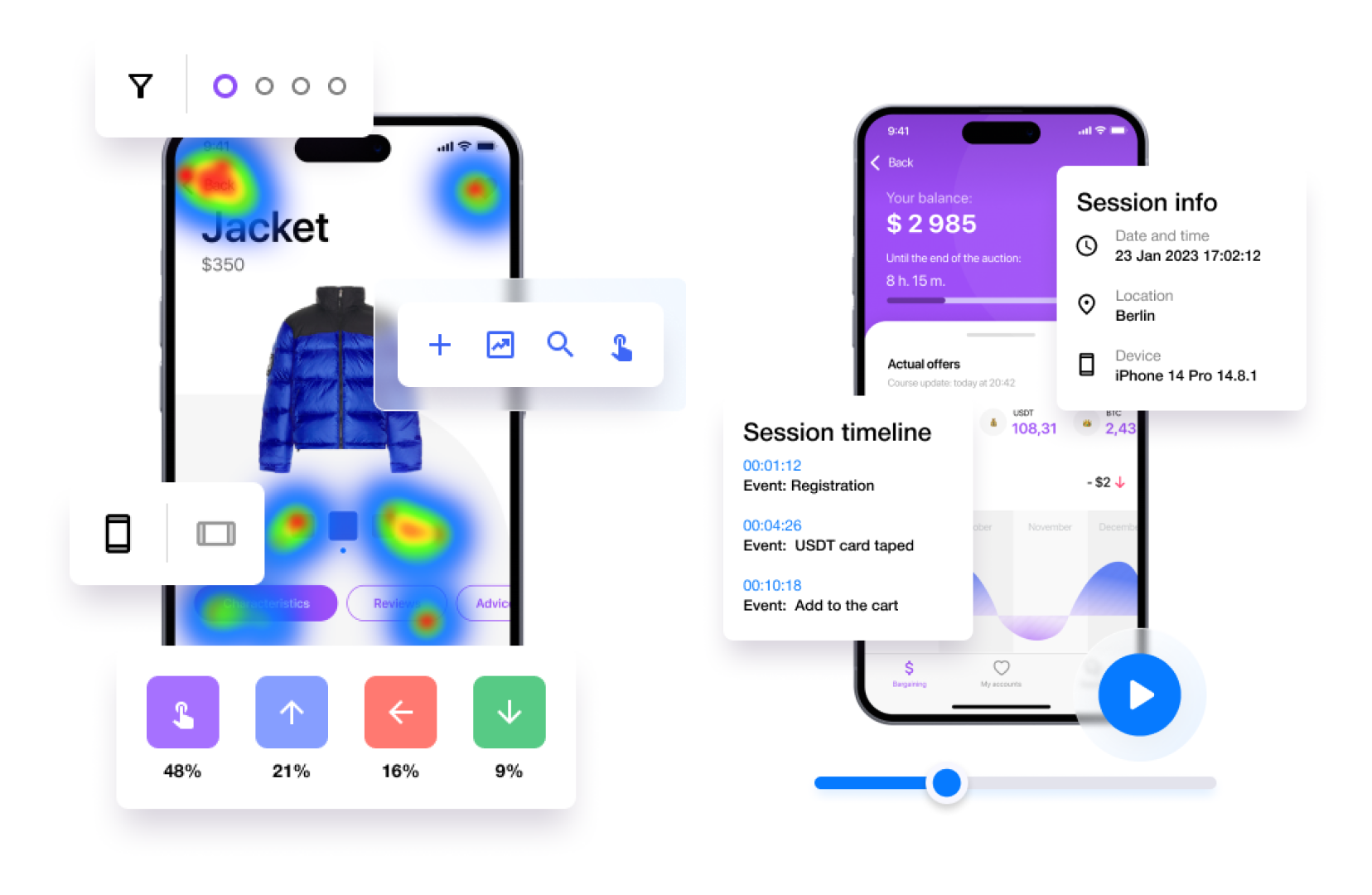Table of Contents
User Experience (UX) has become a focal point in the design world. But what does it truly mean, and how does it relate to product design? Let's dive deep into the essence of UX design, its best practices, and its significance in delivering an impeccable user experience.
Understanding UX: What is it?
At its core, UX Design stands for "User Experience Design". But what is 'user experience'? User experience encapsulates all the interactions a user has with a product, service, or platform. It's not just about a visually appealing design but also about ensuring that a product is easy to use, intuitive, and meets the user's needs.
UX and Product Design: Two Sides of the Same Coin
While UX design focuses on the user experience, product design encapsulates the overall process of creating functional products. Yet, the two are deeply intertwined. The goal of UX is to ensure that the user has a seamless, intuitive, and enjoyable experience, which directly impacts the success of the product design. Therefore, when we speak about product design, it's often impossible to separate it from UX.
Mobile UX: A New Frontier
With the rise of mobile technology, mobile UX design has taken center stage. Delivering an impeccable user experience on a smaller screen, with varied device capabilities, requires expertise. Whether it's an app or a mobile site, the principles of UX, such as intuitive design and ease of use, remain paramount.
The Role of a UX Designer
A UX designer wears many hats. They're responsible for understanding the user's needs, designing interfaces, testing them, and ensuring the final product offers a superior user experience. They collaborate with product managers, developers, and other designers to bring the vision to life.
Mobile UX Design and Its Relevance
In an age where mobile devices dominate the digital landscape, the importance of mobile UX design cannot be stressed enough. Platforms like UserX can be particularly helpful in this domain. Their heatmaps, for instance, can provide crucial insights into where users mostly interact on mobile screens.

Improving User Experience: Best Practices
- Understand Your User: Utilize platforms like UserX to gain actionable insights from session recordings and advanced filtering.
- Stay Updated with Trends: UX design is dynamic. Continuously educate yourself on the latest design trends and methodologies.
- Feedback is Gold: Regularly collect feedback. The drop-off flows feature in UserX can be particularly insightful to understand why users might be leaving your app.
- Test, Iterate, Repeat: Consistently test your designs. Use analytics tools to measure the effectiveness of these designs and iterate based on real user data.
Final Thoughts: The Future of UX and Product Design
The realms of UX and product design are ever-evolving. With technological advancements and changing user preferences, the demand for superior user experiences will only grow. As designers and product managers, staying at the forefront of UX trends and best practices is essential. By understanding the nuances of UX, enhancing mobile experiences, following best practices, and recognizing the significance of a UX designer, we can ensure that our products not only look good but feel right to the end-users.
Frequently Asked Questions
1. What is User Experience (UX) Design?
- User Experience Design, commonly referred to as UX Design, is the process of designing products that are meaningful, easy to use, and delightful to interact with. It's about enhancing the experience users have while interacting with a product, ensuring it meets their needs and expectations.
2. How does UX differ from Product Design?
- While both UX and product design focus on creating a functional and aesthetically pleasing product, UX places a specific emphasis on the user's overall experience and satisfaction. Product design, on the other hand, covers the broader process of bringing a product to life, from conception to final execution. However, UX is a crucial component within this lifecycle.
3. Why is Mobile UX Design gaining prominence?
- With the increasing reliance on mobile devices for both work and leisure, ensuring a seamless user experience on smaller screens has become paramount. Mobile UX design specifically tackles the challenges and nuances of designing for mobile interfaces, ensuring that apps and websites are intuitive, responsive, and user-friendly on all devices.
4. How can platforms like UserX assist in enhancing UX?
- Tools like UserX offer invaluable insights into user behavior through features like heatmaps and session recordings. These insights allow designers to understand user interactions better, identify areas of improvement, and optimize designs based on actual user data, ensuring a more refined and user-centric final product.



